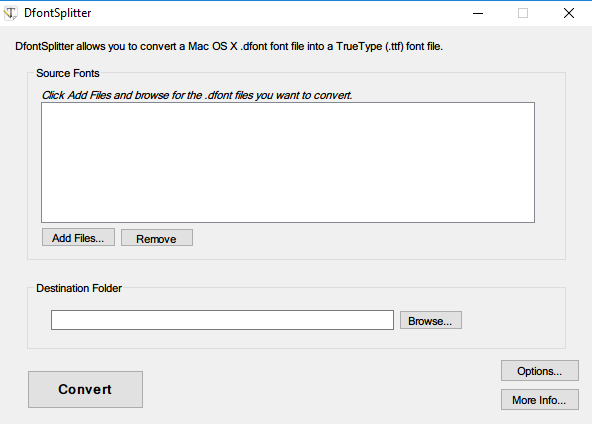By changing the folder names of every folder in the above command you can get back your original folders. After the original folders are visible in your explorer delete the.lnk shortcut files from your hard disk. Before that try to delete the unwanted files which may be a virus from the command prompt or using WinRAR.
File TypeWindows Shortcut
| Developer | Microsoft |
| Popularity | |
| Category | System Files |
| Format | Binary |
Right-click a file with the extension whose association you want to change, and then click Open With. In the Open With dialog box, click the program whith which you want the file to open, or click Browse to locate the program that you want. Select the Always use the selected program to open this kind of file check box. Just drag and drop them into the Notepad window. If you open them via the Open dialog, Notepad will open the exe file pointed to by the.lnk file. Opening.lnk files in HxD Hex Editor: Open them as you would any file using the Open dialog (File – Open). Opening.lnk files using the command prompt: Navigate to the folder containing the.lnk files and type the command: “TYPE SHORTCUTNAME.LNK”. Opening.lnk files in just about any program.

What is an LNK file?
An LNK file is a shortcut or 'link' used by Windows as a reference to an original file, folder, or application similar to an alias on the Macintosh platform. It contains the shortcut target type, location, and filename as well as the program that opens the target file and an optional shortcut key. The file can be created in Windows by right-clicking a file, folder, or executable program and then selecting Create shortcut.
LNK files typically use the same icon as their target file, but add a small curled arrow to indicate that the file points to another location. When double-clicked, the shortcut acts exactly the same way as if the user clicked the original file.
LNK files with shortcuts to a program (.EXE file) can specify attributes for how the program runs. To set the attributes, right-click the shortcut file, select 'Properties,' and modify the Target field.
Windows do not display the .lnk file extension for file shortcuts even when the 'Hide extensions for known file types' folder viewing property is unchecked. While not recommended, you may enable the file extension to be displayed by deleting the 'NeverShowExt' property within the HKEY_CLASSES_ROOTlnkfile Windows registry entry. To do so, follow these instructions:
- Open 'Registry Editor' by typing 'regedit' in the taskbar search box and selecting the program.
- Navigate to the ComputerHKEY_CLASSES_ROOTlnkfile location in the program.
- Create a backup of the key by right-clicking 'lnkfile' and selecting Export (you can use this to restore your key in case of an error).
- Select the 'NeverShowExt' property and delete it.
- Restart Windows.

Read more about Windows shortcuts in the FileInfo.com Help Center.
NOTE: Changes to the LNK file association may cause your Windows desktop icons to unexpectedly change or disappear. You can visit the Help Center for instructions on how to fix your Windows icons.
Open over 300 file formats with File Viewer Plus.Programs that open LNK files

Lnk File Fix

File Format Lnk
Lnk File Extension
